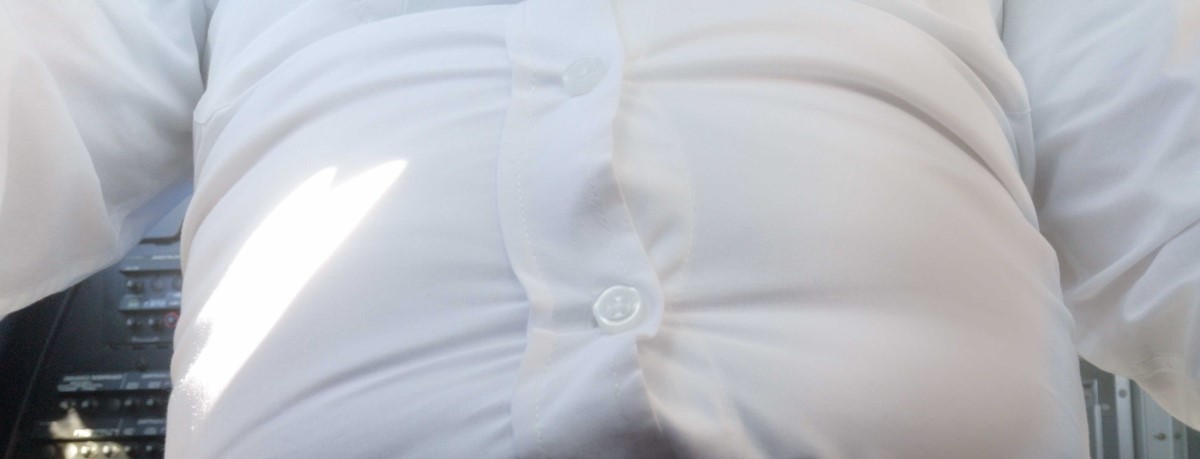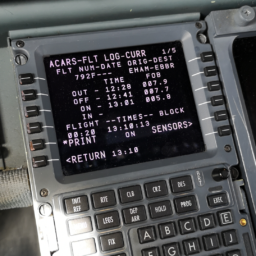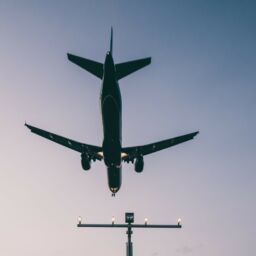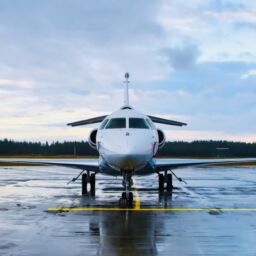
5 unhealthy food habits in the sky
(which are not that hard to change)
“Certainly!” says Charlotte, a senior flight attendant and a healthy foodie. Charlotte started her Instagram account “Eat better, not less” — @healthy.with.charlie during the pandemic, sharing all kinds of tips & tricks for a healthy lifestyle. With the help of Charlotte, we list five of the most unhealthy food habits on board the airplane, and we explain how to easily turn those around. The solution is sometimes surprisingly simple. Thank us later 🙂 .
Pilots are familiar with the “8 hours from bottle to throttle” rule, but we are talking about a bottle of water here! “When you fly, you need to drink at least one and a half liters of water to stay hydrated and fit. The air in the cabin is very dry! Without sufficient drinking you risk to get headaches and you’ll get tired faster.”, says Charlotte. “Your skin and hair will be grateful too.”
But what about other drinks, like coffee, orange juice and soft drinks?
“A cup of tea or black coffee is also fine. But there is one golden rule: stay away from the fizzy drinks. It’s a well-known phenomenon: you start out with a perfectly fitting uniform, and as the flight progresses, your belly is going through a record pregnancy. Your body inflates with the lower cabin air pressure, so you really don’t need to send extra air bubbles into your gut. That is asking for trouble, and may even lead to abdominal cramping.”
As a former cabin crew member, I remember the flights where the clock suddenly turns mercilessly light years past lunchtime. I once flew with a purser who, just as I was about to start the passenger service, stopped me and ordered me to eat something. I will never forget how grateful I was for that and how calmly I worked through the service afterwards.
“Indeed, as flight attendants, we often put other tasks ahead of taking care of ourselves. However, walking around hungry is simply not good. Not only can you suddenly become “hangry” [bad-tempered or irritable as a result of hunger — Ed.] due to a sugar dip, you are also less resilient when problems occur.”, Charlotte explains. “When you’re starving, you often eat whatever you can find. You don’t even feel like waiting for a hot meal and your body is screaming for all kinds of high-fat or sugary snacks. So always make sure that your stomach is not completely empty. That doesn’t mean you have to sit down half an hour for an elaborate dinner, just a few bites of a corn wafer or apple can be enough. Drink a large glass of water with this. Because strangely enough, your body sometimes gives you hunger signals, when you actually need hydration.”
Pilots often eat out of boredom and sometimes to prevent sleep. “Although you must also avoid an empty stomach, pilots should not create “eating reflexes”, typically when reaching cruise level. Do you really need to eat 4 times on a 4-leg day?”
One of the crew members favorite sins on board: salt! It’s simply a joy to devour a packet of salted peanuts or pretzels. Add a glass of tomato juice, including lots of salt, and your taste buds enjoy a satisfying flavor fest.
“Actually, that tomato juice isn’t much of a problem,” Charlotte laughs, “but the salt is! Salt makes you even more dehydrated. Plus, it stimulates fluid retention, which makes you swell again.”
But isn’t salt exactly what makes crew meals a little more… edible? Charlotte has a simple yet ingenious solution for this. “If the food is too bland, add some extra pepper! Pepper doesn’t hurt your health and it gives the food a lot more flavor!”
Well, sometimes you feel like you can’t get going, and you have no energy. Especially on intercontinental night flights, time moves so painfully slow that the meal trolley is the only friend to understand your pain. Against your better judgement, you can’t refuse that friendship request. For pilots, that trolley is just a cabin call away, or sometimes within arm’s reach. It’s very tempting to kickstart yourself with a sweet snack or fatty pizza…
“That’s an unhealthy reflex! Avoid snacking during night hours. The human body is simply not designed to digest around the clock. You should set a time frame in which you can eat. An intermittent fasting app can help you stick to the time frame. On intercontinental flights, align the time frame with the home base, both on the outgoing flight and the flight back! If you really want a snack, grab a piece of fruit or drink an extra glass of water to sate your appetite. (because it wasn’t hunger, right?)”
The fact is, nothing is more satisfying than sinking your teeth into a soft, doughy bun. Especially during stressful flights, such as a dispute with a demanding passenger, or an approach into a bad weather airfield. Still, this is not a good idea nor a good excuse. An excess of carbohydrates leads to the same solid fake pregnancy (bloated feeling, remember), also for men. And the pounds stick to your body in the long run.
Charlotte helps: “Try to choose an alternative. Crackers with seeds and nuts are a very tasty substitute. I always bring a bit of chicken breast and avocado to ‘pimp’ my crackers. With hot meals it is better to leave the pasta aside. Choose a dish with a lot of veggies, a piece of meat, chicken or fish and then eat only half of the potatoes or rice. I often take a box of vegetable sticks and a jar of hummus with me. That’s super easy. You don’t have to preheat anything and it’s deliciously savory!“
These tips and tricks lead us to the conclusion that there are solutions and alternatives to unhealthy food on board. Most of this, by the way, depends on bad eating habits, or require a bit of preparation at home. How hard can it be to put some healthy food in your flight bag when you leave home for your next flight?
The prospect of a fitter body and less fatigue should motivate you! And if that doesn’t work, think about the contours of your beach body on your next layover. Oh yes, by taking care of your food habits on board, you don’t need to feel guilty about the nachos!
Share this article with your friends and colleagues:























